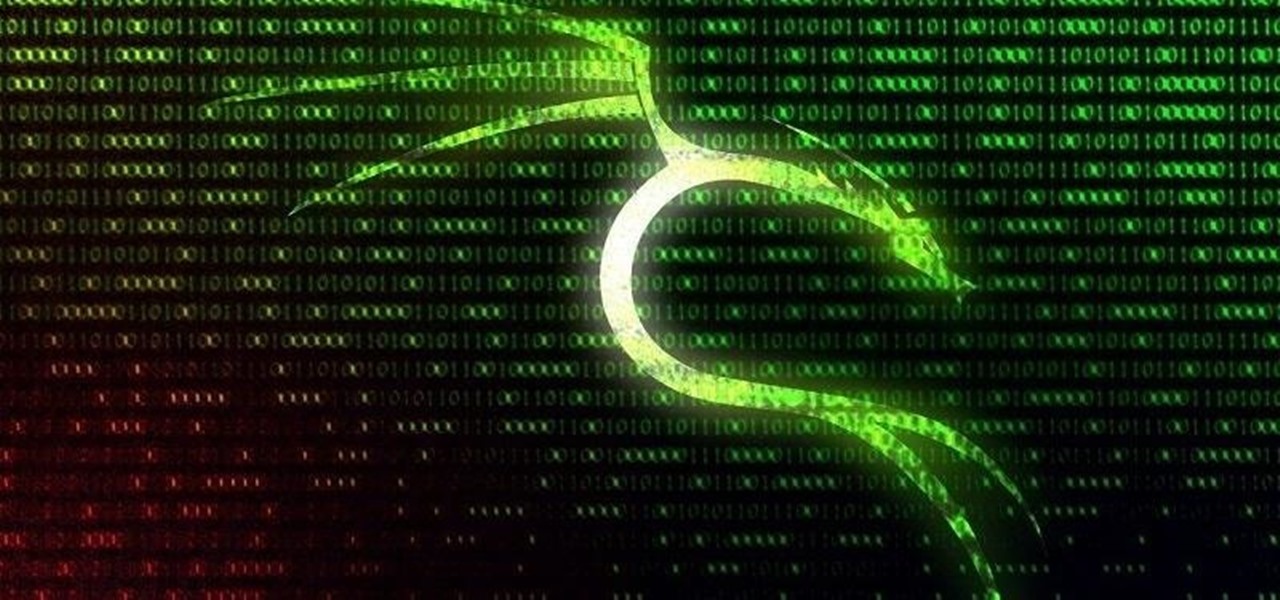

- KALI ISO TO USB HOW TO
- KALI ISO TO USB INSTALL
- KALI ISO TO USB 64 BIT
- KALI ISO TO USB SOFTWARE
- KALI ISO TO USB PASSWORD
It allows users to create a bootable USB for all system including many Windows, Linux, DOS, and other utilities.
KALI ISO TO USB INSTALL
WinSetupFromUSB is a bootable USB creation tool which let you install an Linux or Windows operating system from a USB disk. Method 1: Burn Linux to USB using WinSetUpFromUSB Method 3: Burn Linux to USB using dd Command Prompt.Method 2: Burn Linux to USB with Dr.Boot.Method 1: Burn Linux to USB using WinSetUpFromUSB.
KALI ISO TO USB HOW TO
This article will introduce how to burn Linux to USB under Windows system with best Linux ISO burner software. If you directly copy the Linux ISO file to USB drive, you will found it doesn't boot properly. To make a Linux booable USB disk, you need to first burn Linux ISO image to USB drive, however, burning is not the same as copying. You know the larger the number of fragments, the slower the file read rate, that's the reason why Linux runs faster than Windows! There is no denying that, Linux is a far better choice than Windows in the area of security, availability and ease of use, so, more and more people are trending to install Linux systems on their computers, but the installation of Linux systems is more complicated and error-prone, so many users are blocked from the door.
KALI ISO TO USB SOFTWARE
With the same configuration, Linux software requires less memory when running than Windows and it only uses root directory to save files, no disk like Windows. It's also a famous open source operating system that anyone can freely control how the software runs. Linux is a genuine free operating system, just like Windows (XP, 7, 8, 10) and Mac OS. There's also a method for creating an encrypted version of the persistent Kali Live Linux USB drive, which is described in more detail at. The downside of creating a persistent USB version of Kali Linux is however, that the OS becomes slower, because it is now writing to the USB drive, which isn't that fast as writes to memory. Next, reboot the system, and boot the Kali Linux Live persistence option:įrom now on it will be possible to write to the file systems, and changes will be maintained. Now create a mount point, mount the new partition there, and then create the configuration file to enable persistence. Next, create a file system on the new partition: This will create a new partition called /dev/sda3. Just to be safe, we'll create a new partition of 4 GB, starting at a location 4 GB through 8 GB on the USB drive: We'll be creating an additional partition for the persistent storage. By looking at the output of the lsblk command, you can see that about 3.7 GB is in use for two different partitions. Run "lsblk" to identify which drive the USB drive is, for example /dev/sda. There is a way to create a persistent Kali Linux USB setup:įist, boot Kali Linux from the USB drive you have prepared above. This is due to it not having any persistent storage, and thus losing all the changes mades once the operating system has been shut down or restarted. You will notice however, that once you shut down and restart Kali Linux, that any changes you have made, will be gone. What has been created at this point is an operating system that you can use normally.
KALI ISO TO USB PASSWORD
The default password for the root user of Kali Linux is "toor". It may be necessary to change the boot order in the BIOS of the computer to boot from the USB drive (instead of the internal hard drive) first. # dd if= of=/dev/sdb bs=512kĪt this point, you can boot up Kali Linux from the USB drive. For example, assuming the USB device on Linux is /dev/sdb, and the ISO image file is called, run:

Writing the ISO file takes a few minutes.Īs an alternative, you can also download the ISO image file on a Linux system, and use the dd command to write the ISO image file to the USB drive. Use the Win32 Disk Imager tool to write the Kali ISO image file to the USB drive. Note that this tool doesn't work on Windows if you have a RAM disk and/or Encrypted disk configured on your system. Then, insert a USB drive into the computer of at least 8 GB.ĭownload Win32 Disk Imager from.
KALI ISO TO USB 64 BIT
Select the very first 3 GB file, named "Kali Linux 64bit" for amd64 based systems, assuming you will be using a 64 bit computer. Start of by downloading the 64 bit ISO image file from. įor this article, you will need a Windows based computer and a USB drive of at least 8 GB. The original documentation can be found at and. This article will focus on creating a bootable USB drive containing Kali Linux, allowing one to boot up a computer from USB with Kali Linux.


 0 kommentar(er)
0 kommentar(er)
